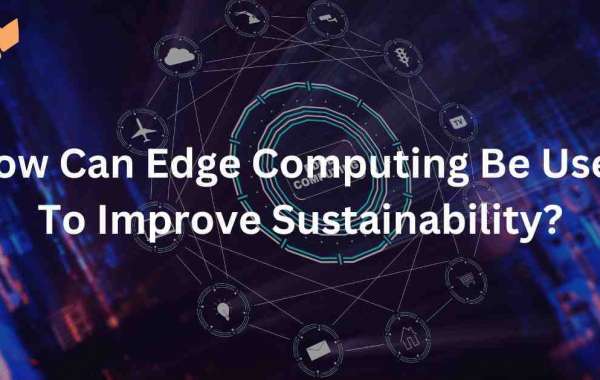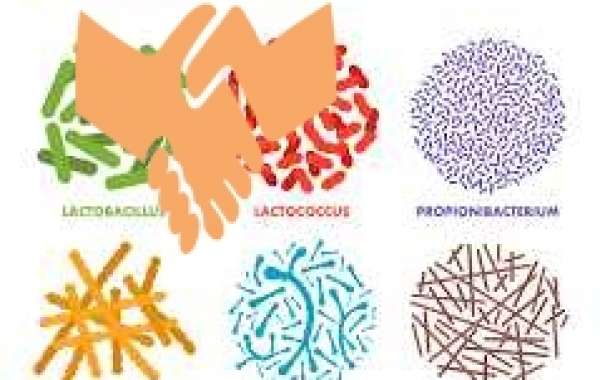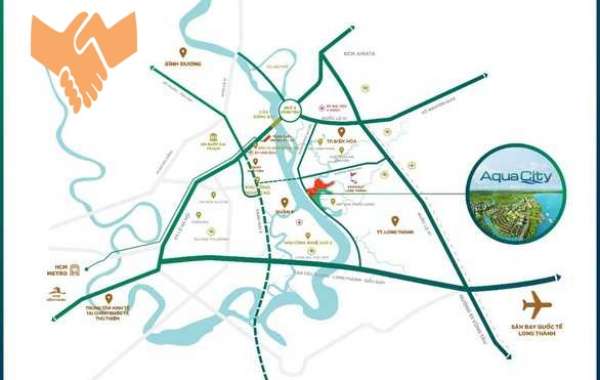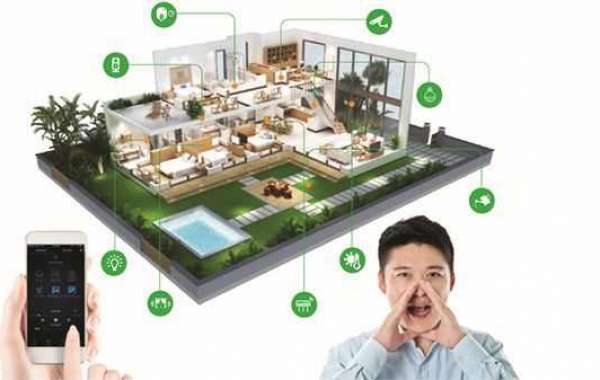In our rapidly evolving world, the need for sustainability has never been more pressing. As we confront the challenges of climate change, resource scarcity, and a growing global population, innovative solutions are required to address these issues. One such solution that holds great promise is edge computing. By decentralizing data processing and analysis, edge computing can have a significant impact on improving sustainability in various sectors. In this article, we will explore how edge computing can be used to drive sustainable practices and create a greener, more efficient future.
Understanding Edge Computing
Before delving into the ways edge computing can enhance sustainability, it's important to grasp what it entails. Edge computing is a distributed computing paradigm that brings data processing closer to the data source, reducing the need for centralized cloud data centers. This is achieved by utilizing edge devices, such as Internet of Things (IoT) sensors, edge servers, and gateways, to perform data processing and analysis locally or near the data source.
Reducing Energy Consumption
- Efficient Data Processing: Traditional cloud computing relies on large data centers that consume vast amounts of energy. Edge computing reduces the need for extensive data transmission to the cloud, resulting in significant energy savings. By processing data locally or at the edge, less energy is wasted on data transfer, making operations more sustainable.
- Low-Power Devices: Edge devices are designed to be energy-efficient. IoT sensors and edge servers are built to consume minimal power, allowing them to operate in remote or off-grid locations where sustainability is of paramount importance.
Enhancing Sustainability in Various Sectors
- Smart Grids: Edge computing plays a pivotal role in the development of smart grids. By analyzing data from power generation and consumption at the edge, energy distribution can be optimized in real-time. This reduces energy wastage, enhances grid reliability, and promotes the integration of renewable energy sources.
- Agriculture: In agriculture, edge computing can provide real-time data analysis for crop monitoring, soil quality assessment, and irrigation management. By optimizing these processes, resource consumption can be reduced, leading to increased crop yields and decreased environmental impact.
- Manufacturing: In manufacturing, edge computing enables predictive maintenance of machinery, reducing downtime and preventing excessive waste. It also allows for the optimization of production processes, leading to a reduction in resource usage and an increase in efficiency.
- Transportation: Edge computing in transportation leads to smarter traffic management and enhanced vehicle-to-infrastructure communication. This reduces congestion, decreases fuel consumption, and minimizes emissions, thus contributing to a more sustainable urban environment.
Improving Disaster Response and Environmental Monitoring
- Environmental Sensing: Edge devices can be deployed for environmental monitoring in remote and sensitive areas. This includes monitoring air quality, tracking wildlife, and assessing climate change impacts. Quick, localized data analysis can lead to faster responses to environmental threats and better resource management.
- Disaster Response: In disaster-prone regions, edge computing can provide rapid data analysis for early warning systems, helping communities prepare for natural disasters and reduce their impact. It also aids in efficient resource allocation during disaster relief operations.
Conclusion
How Can Edge Computing Be Used To Improve Sustainability has the potential to transform the way we approach sustainability challenges. By reducing energy consumption, optimizing resource usage, and enabling real-time data analysis, it can have a profound impact on various sectors, from energy and agriculture to manufacturing and transportation. As we seek to build a greener and more sustainable future, the integration of edge computing technologies will be a crucial step in achieving these goals. The decentralized, efficient, and responsive nature of edge computing is a powerful tool for improving sustainability and addressing the pressing environmental concerns of our time.








